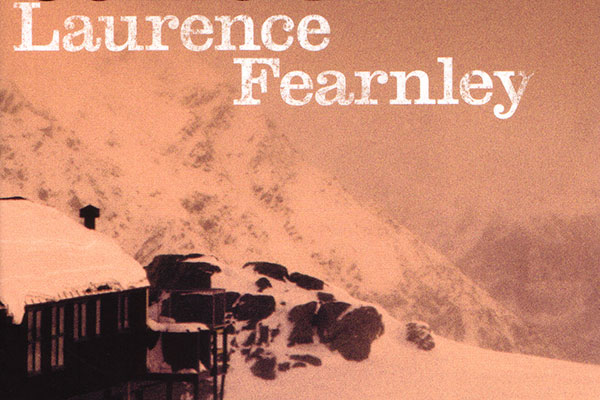The Hut Builder
By Laurence Fearnley
The Hut Builder reads like a memoir written by a poet whose name you should know but have forgotten, and who, near the end of his life, is looking back at the beginning of it and picking out those crucial events that led him to where he is now. It helps that several real-life historical figures pop up in the book, including Edmund Hillary, his conscientious objector brother Rex, and Charles Brasch. Fearnley’s powerfully realistic and poetic descriptions of the Mackenzie Country and the Southern Alps amplify this impression. The prose is often almost ecstatic with Boden’s (and Fearnley’s) love of the great New Zealand outdoors. The image of Boden standing atop Mount Cook grabs ahold of you as you read:
“It truly seemed as if the whole country was laid out below me, as if I had risen above the land […] I scanned the valleys, settling on the glaciers of the Tasman and the Hooker and following them down, marking each transition—from green-white ice, to moraine, to blue-grey river. In time even the river became a shimmering lake and then, far away, beyond the yellow-brown plains, my eyes searched out a paler blue haze—the east coast and the sea itself. The Pacific Ocean. I turned away, lowered my eyes to the snow at my feet and then faced southwest, and there, close by, below the dark, bush-clad hills was the Tasman Sea, a long ribbon of surf defining the coast […] I was conscious of standing on a ribbon of land defined either side by a vast, limitless ocean.”
What really anchors the book, and will decide whether you warm to it or not, is Boden himself. Boden resembles a typically unemotive, taciturn, undemonstrative Kiwi bloke far more than a stereotypical poet. Throughout the book his often slightly staid, stifled manner often frustrates. Even though you are inside his head listening in on his thoughts and feelings you still feel a little at arms’ length. This sense of being somehow evaded by the central character is compounded by the fact that most of the time it feels like nothing is happening. The lack of traditional plot means that it really is best to go into this novel appreciating it as a character portrait, albeit of a character who is forever holding himself back — from his parents, from his girlfriend, and from you, the reader. But does a novel really need an obvious plot complete with car crashes, dastardly villains, and young lovers running through airports in the third act? And do you have to like a character in order to like a book?
After reading The Hut Builder, I can conclude that the answer to both questions is no. Even though Boden is not instantly likeable and the plot is minimal, I still found myself totally absorbed. And that’s thanks to Fearnley’s skill at pulling you into the world of The Hut Builder, whether that means a frozen Alpine pass, or 1950s Christchurch, or the mind of a fictional poet described and voiced so realistically he annoys you, as only real people (and characters written by very, very good writers) can.



